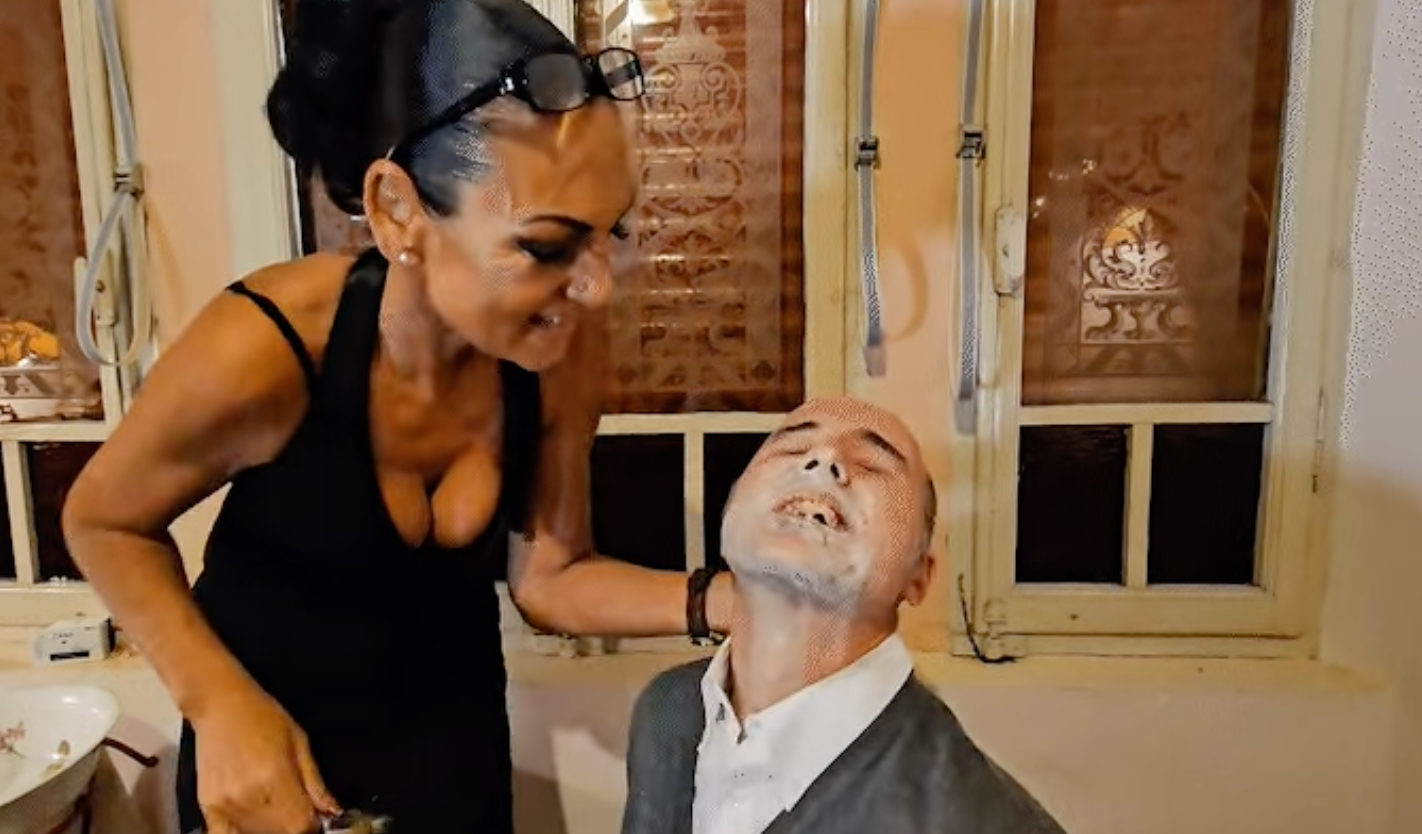In the realm of unconventional disciplinary practices, some couples and individuals have chosen to explore methods that go beyond the traditional forms of punishment. This article takes a closer look at three distinctive practices: mouth soaping, kneeling before or after a punishment, and displaying marked buttocks after a disciplinary session. While these practices may not be for everyone, they hold a unique place in certain relationships, emphasizing the importance of consent, communication, and boundaries.
Mouth Soaping: Cleansing and Consequences
Mouthsoaping is a form of discipline that entails washing one’s mouth with soap as a consequence for certain behaviors or language. This practice is often viewed as a means to teach respect and responsibility, particularly when inappropriate words or disrespectful behavior occur. While it may seem unusual, some couples incorporate mouth soaping into their disciplinary routines.
Before engaging in mouth soaping, it is crucial for both partners to discuss their comfort levels, the specific behaviors that warrant this punishment, and the type of soap to be used. It’s a practice that highlights the significance of communication and mutual consent within disciplinary relationships.
Kneeling: Symbolizing Submission and Reflection
Kneeling before or after a punishment serves as a symbolic gesture of submission and reflection. It is not only a physical posture but also a mental and emotional one. Individuals who practice this often find that assuming a kneeling position can help express remorse and readiness to accept discipline. Kneeling can be a powerful act of submission, demonstrating a willingness to acknowledge wrongdoing and learn from it.
Kneeling can also be incorporated as a prelude to punishment, serving as a reminder of the impending consequences and reinforcing the authority of the disciplinarian. After punishment, it offers an opportunity for reflection, reconciliation, and emotional connection between partners.
Displaying Punishment Marks: Transparency and Accountability
After a disciplinary session, some individuals choose to display their red-marked buttocks as a way of being transparent and accountable for their actions. This practice often involves pulling up shirts or keeping pants down to showcase the marks resulting from the punishment. It signifies a commitment to honesty and a willingness to show the physical consequences of one’s behavior.
While displaying punishment marks may seem unusual to some, it can be a way for individuals to take responsibility for their actions, acknowledge their punishment, and reinforce the power dynamic within their disciplinary relationship. It is essential for both partners to discuss and consent to this practice to ensure that it aligns with their desires and boundaries.
Conclusion
Mouth soaping, kneeling, and displaying punishment marks are all unique disciplinary practices that highlight the diversity of consensual relationships and power dynamics. It is crucial to remember that these practices are not universally suitable for all couples or individuals. What is most important is open communication, consent, and respect for boundaries.
Disciplinary practices in any relationship should always prioritize the emotional well-being, safety, and comfort of all parties involved. These practices should be explored only if they align with the desires and mutual understanding.
